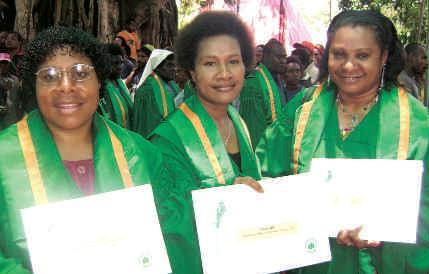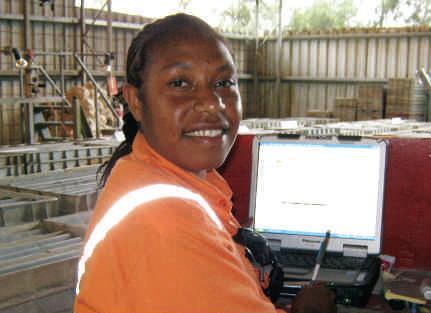
This article is from the April 2009 issue of Beyond Borders: A Barrick Gold Report on Responsible Mining.
About Porgera Joint Venture, PNG
- Barrick is the operator (95 per cent interest), PNG government and landowners (5 per cent)
- 2, 500 employee and over 500 contractors
- Significant investments in health, education, skills training, infrastructure and local business development
- A partner in the “Restoring Justice Initiative”, a government community effort to strengthen law and order, which encompasses issues such as violence against women
Women in Papua New Guinea’s Porgera Valley, home to the Porgera Joint Venture mine, are using resources provided by the company to pursue higher education, gain new skills and become financially independent.
Through its assistance programs, the Porgera mine is helping local Porgeran women become respected members and leaders in a society that has traditionally been male-dominated. In 1999, the company funded the establishment of the Porgera District
Women’s Association, a non-governmental organization that now has a membership of more than 2,000 women across 20 wards in PNG. With financial support from the mine, the group is providing local women with training in leadership and management skills, health and education, law and order, micro business and agriculture.

MICRO CREDIT SCHEME
One of the association’s most successful programs is the micro credit scheme project, which loans money to women for small-scale projects that generate income. The program has a very successful 99.9 per cent repayment rate. Since it commenced in 2000, it has enabled 181 women to become self-reliant.
























